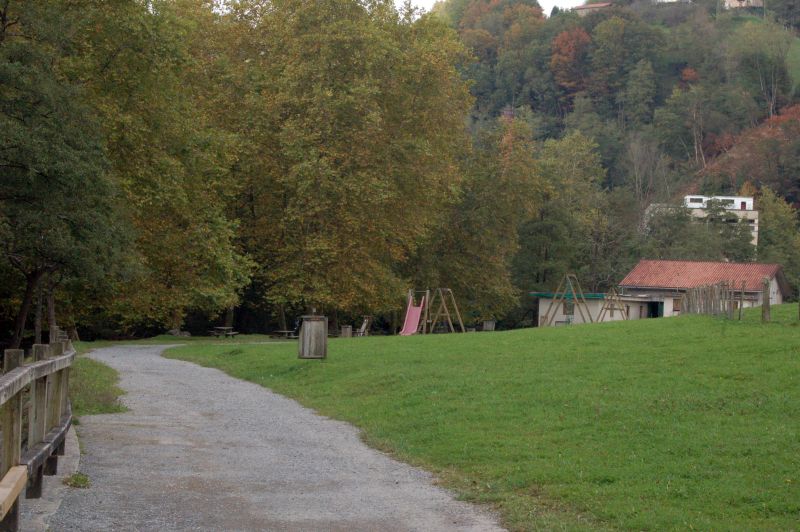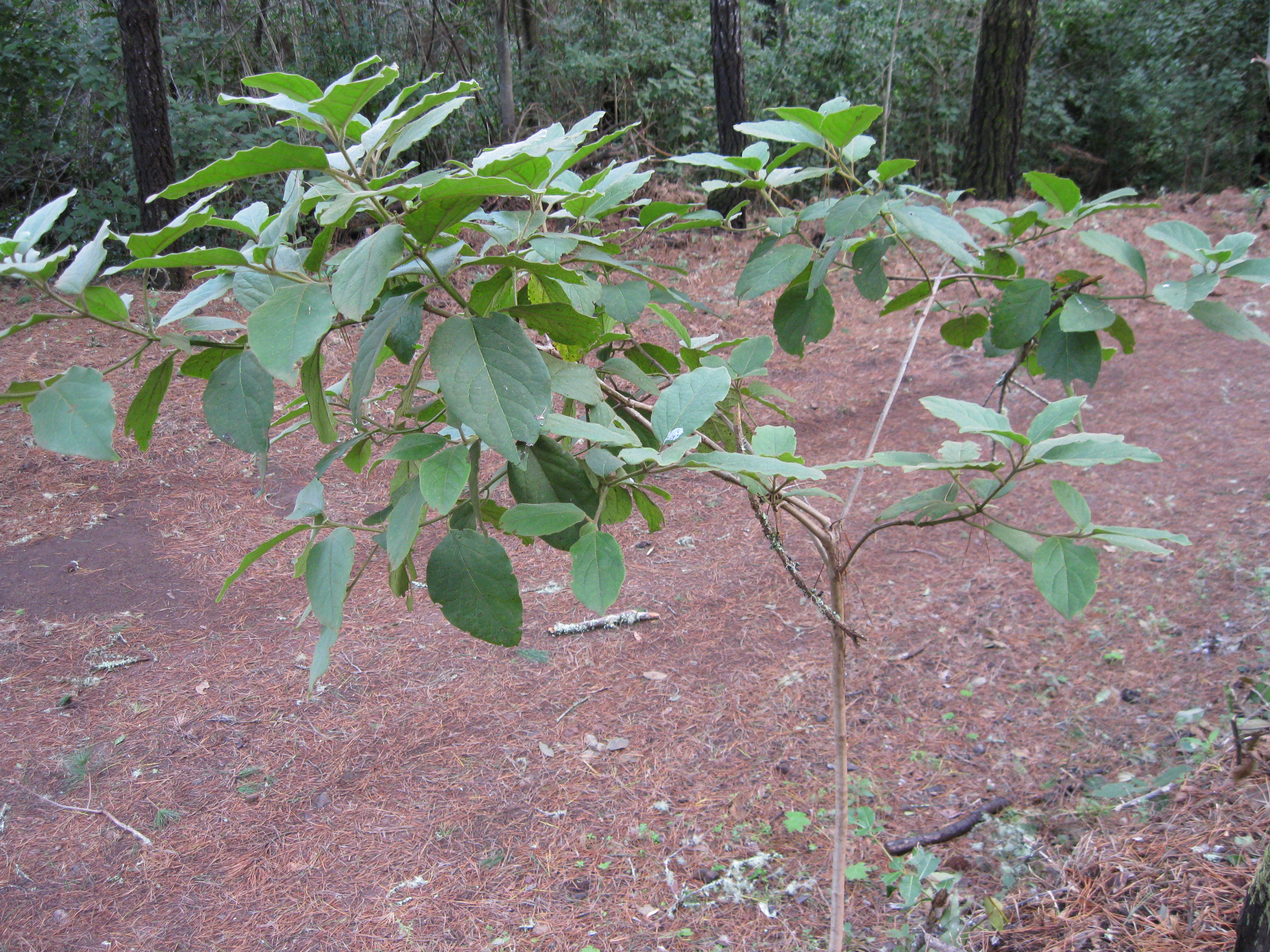
Puntos de Interés

Vegetation
Fallao (Viburnum_rigidum)

Viburnum rigidum is an indigenous tree found close to the laurisilva and heath-firetree forests and can reach up to 7 metres in height. It is easily recognisable thanks to its curious oval-shaped, somewhat hairy, rough leaves, which are arranged opposite each other. Its colour varies from different shades of green to yellow in adult specimens and the youngest shoots may even have a reddish or brownish hue.
Its tiny flowers are also eye-catching, which form white clusters, as are its very fleshy fruits, which vary from reddish to a striking purplish blue with metallic tones. These striking colours make this plant species easily recognisable and it is also the main food source for birds such as blackbirds.
Viburnum rigidum tends to live in sheltered, shady places and in humid climates, which means that it is often found in ravine beds and near springs or other places where there is water, preferably between 600 and 1500 metres above sea level.
This tree has been used by Canarian peasants since ancient times, and craftsmen have made the best use of its branches and wood to make baskets, hampers, rakes, shovels and other tools and utensils. Furthermore, the long branches were used to make very strong sticks and staffs and, if they were forked, they were often used to make forks or pitchforks to move straw.
The branches of this tree are also related to the popular ‛juego del palo' or ‛banot', a vestige of the ancestral traditions of the Canarian aboriginals. In this peculiar game, you need to use long, flexible and light wooden sticks, but they must also be strong enough, making this the perfect tree for it.
Those who are familiar with the tree also use it as a remedy for fever and rheumatism, and it is even said to have purgative properties.


